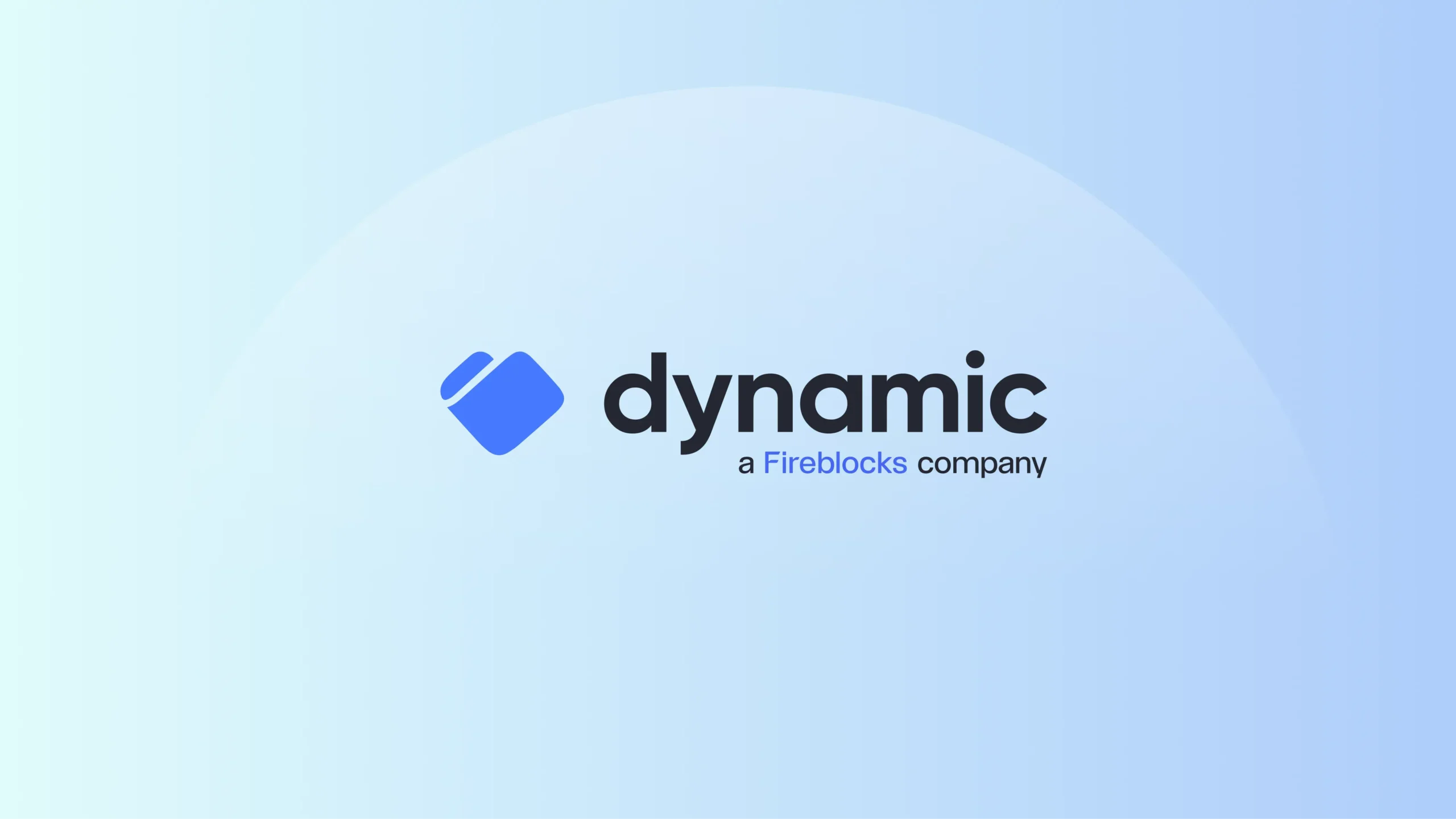Blockchain technology is making a significant impact in the payments sector. Some of the largest names in the industry are utilizing blockchain, including the likes of:
- PayPal – Industry leader PayPal has recently launched PYUSD, a service for sending and receiving funds between peers that uses blockchain technology
- WorldPay – The world’s largest payment processor now offers a merchant settlement platform that uses blockchain
- Visa – Global financial institution has debuted a blockchain-based merchant settlement system of their own
As top-tier organizations like these continue to launch blockchain initiatives, it’s become clear that blockchain can facilitate the movement of value in the same way SWIFT, SEPA, and FedNow can, and can even be more efficient than traditional rails at times. The core question about blockchain for payments businesses is changing; it’s no longer “Will blockchain payments accelerate growth?”, but rather “What are the top use cases, and how do we implement them?”.
In this guide, we’ll address everything you need to know about the what – including where exactly the revenue opportunities lie for businesses, the top use cases for blockchain payments, and more.
Blockchain use cases to generate new streams of revenue for payments companies
Blockchain payments can provide opportunities for revenue growth throughout the payments cycle, for both payments companies and the customers they serve in a variety of ways.
Processing digital asset payments can result in:
─ Faster access to funds and faster settlement times (minutes rather than days)
─ Transaction costs ~ 80% less expensive than the base cost of a traditional transaction
─ Greater transparency and visibility into money in transit
Incorporating blockchain payments also gives companies the opportunity to serve a new category of customers: crypto-native businesses. The global Web3 market size was valued at almost $2B in 2021, and estimated to reach over $52B by 2030 – for PSPs that are able to incorporate blockchain, this represents a massive new sector of potential customers.
The revenue growth opportunities from blockchain extend to end merchants as well. Firstly, accepting digital assets as a form of payments can result in greater sales volumes, as many customers may prefer this option – especially younger or more tech-savvy ones, as well as in countries with high inflation. Secondly, billions of consumer payments are locked up because of slow payment rails the industry currently relies on. Nabil Manji, SVP/GM, Head of Crypto and Web3 at Worldpay, estimates that $30 billion of consumer payments are processed every weekend globally, and merchants cannot receive these funds because of these settlement limitations. With the faster settlement times that blockchain provides, merchants will receive their funds faster and be able to start generating interest revenue from those funds sooner.
Use cases for blockchain payments
Blockchain payments offer a range of compelling use cases for the payments sector, such as:
1) Cross-border settlements for internal treasury.
With blockchain rails, payments businesses can move funds internally across borders in minutes, rather than days (e.g., by converting funds to stablecoin and then instantly transferring). This can improve many financial processes for organizations. For example, sending funds to the location and in the currency the organization handles business reporting in becomes simple and speedy (as is paying suppliers, employees, and freelancers). At a high level, blockchain provides payments organizations with visibility and predictability, and offers 24/7/365 availability – meaning banking hours across different time zones are no longer a constant consideration.
2) Cross-border transactions on behalf of clients.
The benefits of blockchain-based cross-border transfers extend to payments made on behalf of clients. Many businesses are already using blockchain to handle cross-border payments to suppliers or for remittances; Juniper Research estimates that B2B cross-border payments on blockchains will soon account for 11% of total B2B international payments. That’s because, with blockchain, there’s no need to lock up working capital with corresponding banks, as transactions bypass traditional rails. Transactions also are nearly instantaneous so businesses can also redeploy funds faster.
Some examples of industries that are primed for significant impact of blockchain technology are imports/exports and logistics, as transparency across the entire payments flow is paramount – it enables organizations and their partners to know where the funds are and when they’ll arrive.
Another example would be Bloxcross, a payments infrastructure provider that has streamlined processes with blockchain. Using blockchain technology, they’re now able to handle cross-border settlements and service merchants 24/7.
3) Stablecoin settlement with merchants.
Another strong use case for blockchain in the payments sector is stablecoin settlement. Settling with merchants in stablecoins instead of fiat currency provides better capital efficiency and liquidity management for organizations.
If you’re settling with fiat currency, it’s common to have to hold corresponding bank accounts for each region with minimum capital requirements that cannot be used within the business; stablecoin payments completely circumvent this issue. Stablecoins also enable organizations to more easily conduct business in varying regions, rather than trying to settle in exotic (and potentially volatile) fiat currencies.
Worldpay, the world’s largest payments processor, has achieved 50% faster payment processing by adopting stablecoin settlements. At the same time, their new blockchain architecture has cut down on the fees and costs associated with traditional fiat rails, and offers better reconciliation.
4) Stablecoin payouts to gig economy workers and creators.
According to a Goldman Sachs report, the creator economy is expected to approach half a trillion dollars by 2027. For marketplaces and organizations who help process payments for the creator economy, supporting payouts across the world should be a critical part of the strategy for the coming years.
Today, many gig workers and creators prefer to be paid in stablecoin. Workers of this type may not be in the same region as their employers, and may prefer to receive “instant” payments from employers whenever possible. This means payments processors that are able to offer stablecoin settlement can more easily scale and support creators in more regions, rather than trying to set up FX and fiat payout processes.
goLance is a global freelancer marketplace that has managed to simplify marketplace operations, improve micropayments, and provider faster and more predictable settlement times by incorporating stablecoin payments into their tech stack. Since implementing digital assets as a payment option, they’ve projected over $1 million in savings on exchange fees.
It’s clear that blockchain has already made an enormous impact on the payments industry. At this point, it’s safe to assume that the largest players will continue to launch new blockchain products and services in the coming years; if your organization wants to keep up with where the industry is going, it’s time to look into blockchain.
Fireblocks helps PSPs develop market-leading solutions with our dedicated team of payments experts and engineers from both traditional payments and blockchain technology.

